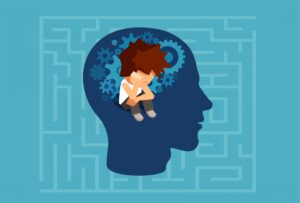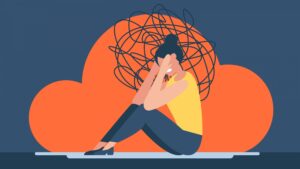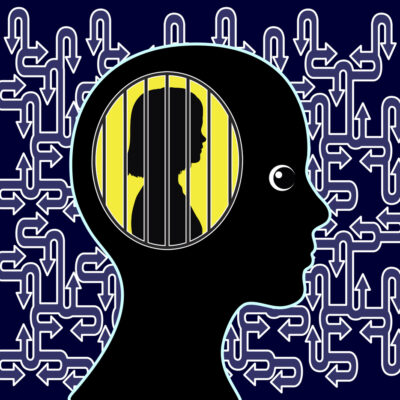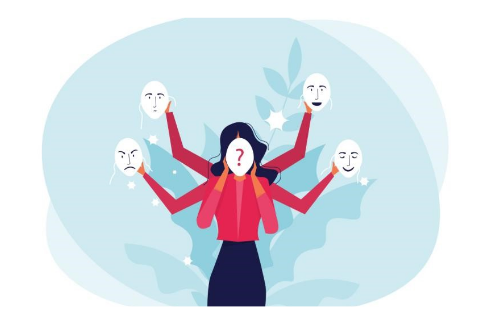By Chong Saow Ching & Janani Ramu (BAC Apprentices)
What is childhood trauma?
Even though parents and guardians do all they can within their means and ability to protect their children from being harmed, danger lurks around every corner. A child who has experienced a difficult situation or have gone through an uncomfortable childhood has a fragile state of mind. He/she may need the assistance to help understand their experience, and to make them feel safe again. They may even need time to heal and mourn any loss.
Childhood trauma is an event experienced by a child that threatens their life or bodily integrity. The National Institute of Mental Health defines childhood trauma as “the experience of an event by a child that is emotionally painful and distressful.”
Childhood trauma can be caused by:
- Physical, mental, or sexual abuse
- Community or school violence
- Neglect
- Loss of loved ones
- Learning disability during childhood which has left child doubting him/herself
- Emotionally unavailable parents, or abusive parents
- Witnessing or experiencing domestic violence, disasters, or terrorism
 Effect of childhood trauma (On Children)
Effect of childhood trauma (On Children)
If untreated, childhood trauma can have long-lasting effects. Trauma can affect children’s ability to regulate their emotions, they are 2 times more likely to develop depression and 3 times more likely to develop anxiety. The sooner the trauma is addressed through therapy, the better the chance for the child to have a successful recovery.
Between 3% and 15% of girls, and 1% to 6% of boys have developed post-traumatic stress disorder (PTSD) following a traumatic event. Children with PTSD are usually hyper-vigilant, looking for signs predicting the traumatic childhood event. They re-experience the trauma in their minds repeatedly. They may also avoid anything that reminds them of the trauma or they may re-enact the trauma in their mind.
Children with PTSD may also have problems with:
- Anger and aggression
- Anxiety
- Depression
- Difficulty trusting others
- Fear
- Feelings of isolation
- Poor self-esteem
- Self-destructive behavior
How to help a child heal from childhood trauma
When working with emotionally injured children, they should be taught to talk about their feelings and how to grieve, because most of the children are only taught “Don’t cry,” “Be strong,” “Move on,” and other similar methods of coping with loss. Grief is a process where children can go through any feelings at their own pace. Grief is finished when it is finished.
‘Play therapy’ is used to help children ages 3 to 12 to better express themselves and resolve the problem. It is a supportive therapy for behavioral disorders and behavioral problems. Research suggests that play therapy is an effective mental health approach regardless age, gender, or nature of the problem.
| Behavorial disorders | Anxiety, depression, Attention Deficit Hyperactivity Disorder (ADHD), autism or pervasive developmental, academic, and social developmental, physical, and learning disabilities, and conduct disorders |
| Behavorial problems | Anger management, grief and loss, divorce and abandonment, and crisis and trauma |

Effect of childhood trauma (On adults)
Traumatic experiences may leave a legacy of reminders that may persist for years. Even if an adult has completely forgotten about the traumatic events when something reminds the adult of what happened during childhood, the symptoms of the childhood trauma will still spill.
Childhood trauma can impact adults’ experiences and relationships with others due to experienced feelings of shame, and guilt. Adults may also feel disconnected and unable to relate to others. Studies have shown that adults that experienced childhood trauma were more likely to struggle controlling emotions, and had heightened anxiety, depression, and anger.
The emotional and behavioral symptoms of an adult who experienced childhood trauma include:
| Emotional Symptoms | Behavioral Symptoms |
| Anger | Compulsion |
| Unresponsiveness | Eating disorders |
| Anxiety | Impulsiveness |
| Emotional outburst | Isolation |
| Depression | Numbness or callousness |
| Panic attacks | General disorientation |
| Mistrusting others | |
| Bad Habits | |
| Suicide attempts |
A study published in 2016 in Psychiatric Times noted that the prevalence of suicide attempts was significantly higher in adults who experienced trauma as a child.
How to help an adult heal from childhood trauma
The best way to heal from unresolved childhood trauma is to seek therapy. An alternative is to talk to someone whom you trust. A sensitive, kind, empathic response is what you need. Yet, empathy is not everything. You also need someone with experience and knowledge about childhood trauma and how it affects your life. Adults may seek therapists to replace unpleasant habits with good ones. Unpleasant habits can be hard to break, especially if they are used as crutches to help one avoid reliving the pain and trauma of your childhood.
Support groups can help adults learn the necessary tools to break unpleasant habits and replace them with good ones. Support groups bring people who have gone through similar experiences together. Participating in support groups will provide an opportunity for adults to be with people who are likely to have a common purpose and likely to understand one and another.
Benefits of participating in support groups:
- Feeling less lonely or judged
- Reducing distress, anxiety, depression
- Allow them to talk openly and honestly about feelings
- Improving skills to cope with challenges
- Learning about health, economic and social resources
Do not let trauma to dictate your life, feel free to reach out to us if you need a listener while you battle to heal from your unresolved childhood trauma.



